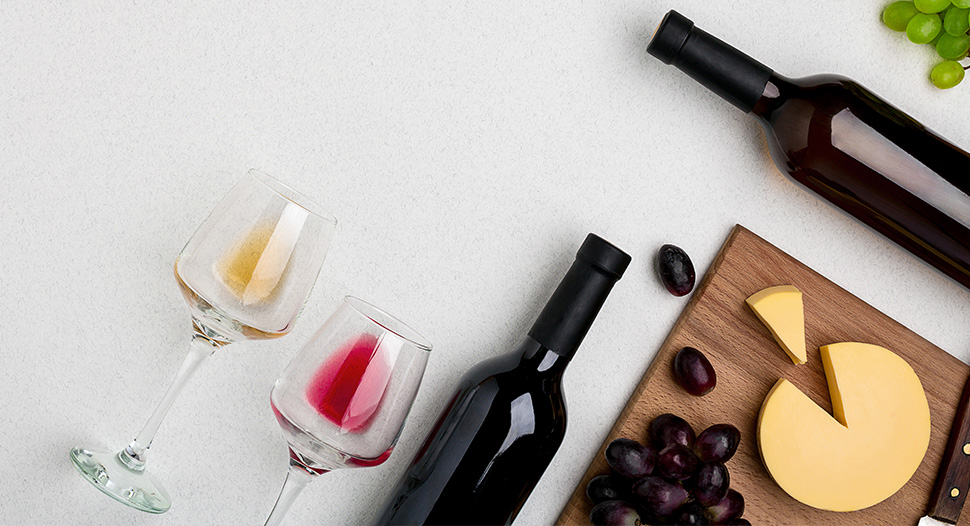You already know how to appreciate wine and pair it with food. Now here’s how to cook with it.
Wine brings out flavours in all kinds of dishes, and once you’ve mastered a few ground rules on how to use it – culinary greatness, here you come.
Which wine is best for cooking?
There are several tips to remember when choosing the wine that will grace your dinner.
First, use wines that you would drink. If you don’t like the taste of a wine, you won’t like it in a dish. Second, wine does not belong in every dish. Use wine only when it has something to contribute to the finished dish! And the last point to remember – always add wine slowly, in small increments, allowing flavours to develop before adding more.
Red wine for cooking
Choose one with moderate tannins. Pinot Noir, Sangiovese and a lighter-style Cabernet are all good. Red wines with berry-like flavours add depth to your dishes as well.
White wine for cooking
In general, dry white wines such as Pinot Grigio, Sauvignon Blanc and Unoaked Chardonnay are better than sweet or rich and oakey varieties. The rich types can become bitter after cooking and sweet wines can add unwanted sweetness or caramelisation in the pan.

Recipes can be ambiguous, leaving you lost in a supermarket aisle. Here’s a guide you’ll find useful:
- Dry Wine: Pinot Noir or Pinot Grigio
- Full Bodied Wine: Cabernet, Bordeaux, Syrah, or Zinfandel
- Robust Wine: Rioja or Beaujolais Nouveau
- Medium Bodied Wine: Merlot, Shiraz, or Chianti
- Fruity White Wine: Gewurztraminer, Riesling, or Viognier
- Fortified Wine: Marsala, Vermouth, Sherry, Port, or Madeira
Alcohol needs taming
Wine is meant to intensify and enhance the flavour and aroma of food, not to mask it. Sounds perfect, but the presence of alcohol can quickly result in an unpleasant raw taste. This is why wines are added at the start of cooking so the alcohol has a chance to burn off. Bear in mind that there will be alcohol residue still – worth noting if you’re cooking for kids or non-drinkers.

Timing is everything
Wine has three main uses in the kitchen: as a marinade, a cooking liquid, and as flavouring in a finished dish.To get the best flavour, make sure the alcohol is tamed:
- For stews, braises, or long-simmering tomato sauces, add wine early in the simmering stage after you’ve browned the meat and vegetables. Let the wine reduce before adding other liquids.
Try this out on our Pork Shoulder & Mushrooms Red Wine Stew recipe.
- For pan sauces, add the wine after you’ve set the meat aside to rest. Reduce the wine to a syrupy consistency, scraping up any browned bits. Add any other liquid and reduce again.
- For a sauté of shrimp or scallops, add wine after the initial searing but before the fish is cooked through, so there’s time for the wine to reduce.
We can guarantee a special sort of serendipity on your palate when you cook with the stuff you’re sipping. Try these methods today!






